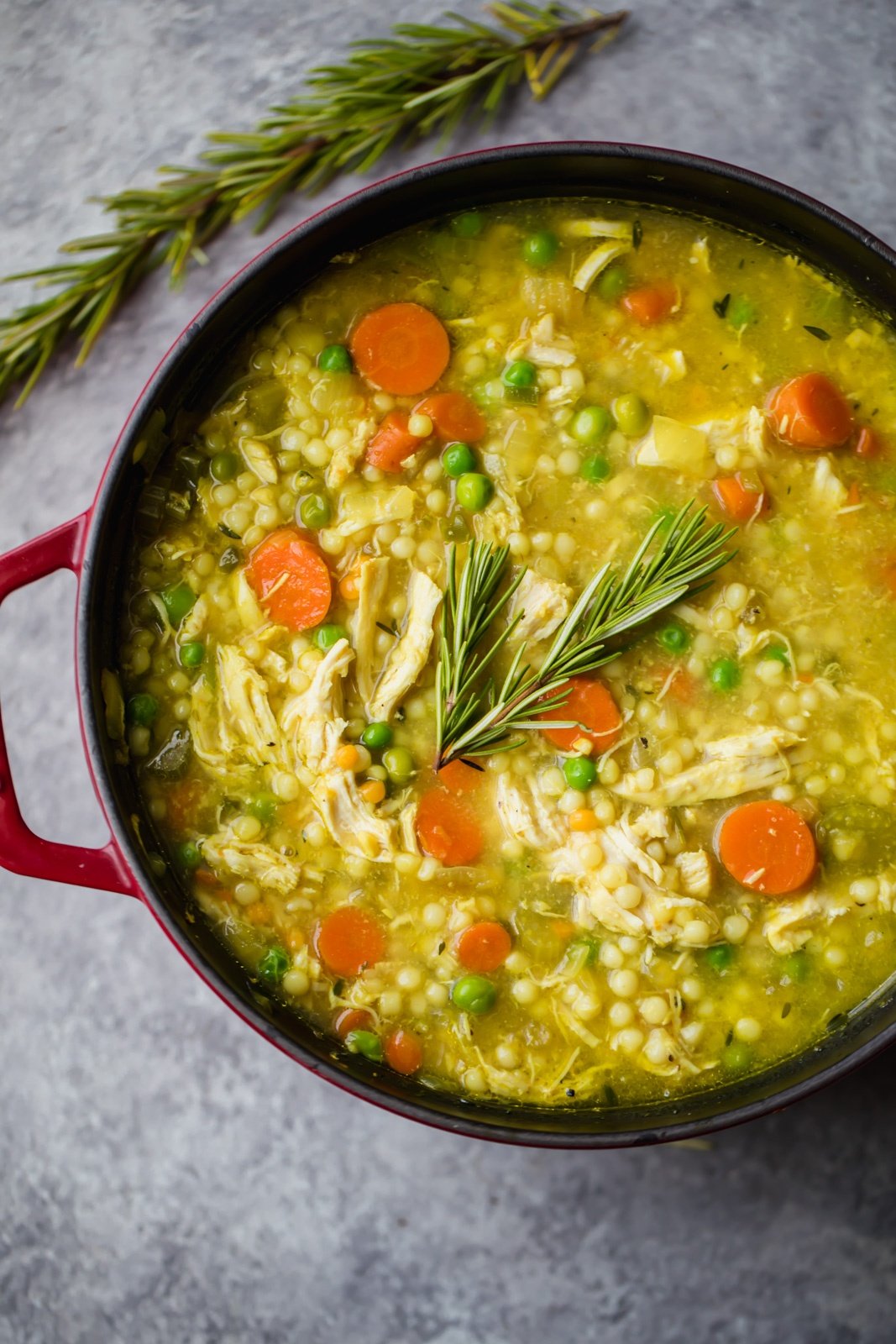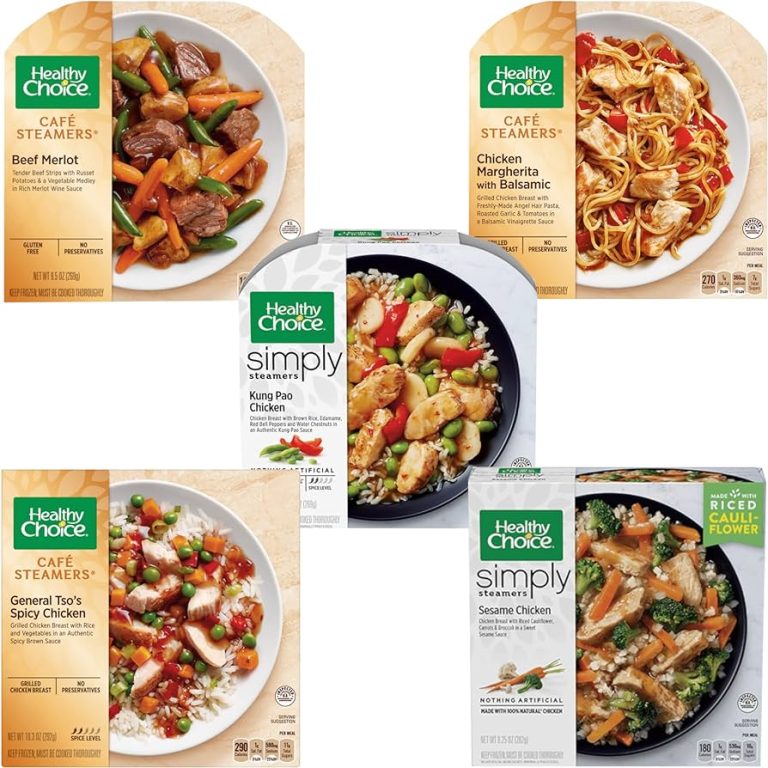Chicken Noodle Soup: Comforting Recipes, Health Benefits, and Modern Twists
Chicken noodle soup has ancient roots, originating thousands of years ago. The earliest recorded version hails from China, where recipes involving boiled chicken in medicinal broths were common. Ancient Greece also favored chicken broth, using it as a remedy for various ailments. The dish spread to Europe during the Middle Ages, evolving as it combined with local ingredients and culinary techniques. By the time it reached the Americas, noodles had been added, making it the iconic comfort food we recognize today.
Cultural Significance
Chicken noodle soup holds cultural significance across many societies. In Jewish tradition, it’s often served during Shabbat and holidays, known as “Jewish penicillin” for its supposed healing properties. In East Asia, versions like the Chinese “jī tāng miàn” and Vietnamese “pho ga” play key roles in culinary traditions, often served during festive occasions or as nutritious meals for the sick. In American culture, chicken noodle soup symbolizes warmth and comfort, frequently turning up as a go-to remedy for cold and flu symptoms, embodying a sense of nurturing care.
Essential Ingredients for Chicken Noodle Soup
Types of Noodles
Noodles play a key role in chicken noodle soup, balancing the flavors of the broth and chicken. Options include egg noodles, rice noodles, and wheat noodles. Egg noodles are the most traditional, with a rich texture that absorbs the broth well. Rice noodles offer a gluten-free alternative and bring a delicate, chewy consistency to the soup. Wheat noodles, like udon, add a hearty texture ideal for a more filling soup. Selecting the right noodle type depends on dietary needs and flavor preferences.
Choosing the Right Chicken
Chicken selection is crucial for rich, flavorful chicken noodle soup. Opt for bone-in, skin-on chicken for the broth, as the bones and skin enhance the soup’s taste. Whole chickens, chicken thighs, or chicken breasts (all with bones and skin) are excellent choices. For convenience, use boneless, skinless chicken, though it may produce a milder broth. Free-range or organic chicken often results in a more robust and nuanced flavor. Cooking methods include roasting, poaching, or simmering, each imparting unique flavors and textures to the final dish.
Recipes and Variations
Traditional Chicken Noodle Soup Recipe
The traditional chicken noodle soup recipe involves simple yet classic ingredients to create a comforting dish. Start by using bone-in, skin-on chicken to ensure a richer broth. Cook the chicken in a large pot of water, adding salt for taste. Once the chicken turns tender, remove it from the pot, shred the meat, and set it aside.
Sauté diced onions, carrots, and celery in the same pot until they turn soft. Add minced garlic for extra flavor. Pour the chicken broth back into the pot, then return the shredded chicken. Let the soup simmer for 15-20 minutes. Add egg noodles or your preferred variety and cook until they’re tender. Finish by seasoning with salt, pepper, and a handful of chopped parsley.
Innovative Twists on the Classic
For a tangy kick, add a tablespoon of lemon juice and fresh dill. This Mediterranean twist adds brightness to the soup.
Substitute rice noodles and add a dash of soy sauce and ginger for an Asian-inspired version. This variation provides a unique flavor profile.
Incorporate coconut milk and curry powder to create a Thai-style chicken noodle soup. This combination offers a creamy and spicy option.
Swap out chicken for turkey to give post-Thanksgiving leftovers new life. This change offers a different texture and flavor while maintaining the soup’s comfort factor.
Experiment by adding vegetables like zucchini, mushrooms, or spinach. These additions can increase the nutritional value and depth of flavor.
Health Benefits of Chicken Noodle Soup
Nutritional Components
Chicken noodle soup contains essential nutrients that support overall health. Chicken provides high-quality protein which is crucial for muscle repair and immune function. Broth made from chicken bones is rich in minerals like calcium, magnesium, and phosphorus. Adding vegetables such as carrots, celery, and onions ensures you get a good dose of vitamins A, C, and K plus fiber. Noodles contribute carbohydrates necessary for energy, making this soup a well-rounded meal. According to a study published in the American Journal of Therapeutics, chicken noodle soup may have anti-inflammatory properties which can help soothe cold or flu symptoms.
Soup as Comfort Food
For many, chicken noodle soup serves as a comforting meal, especially when feeling unwell. Warm broth can help clear nasal congestion and facilitate easier breathing. Psychological benefits also exist as the soup often invokes feelings of nostalgia and warmth associated with home and family. A report published by Harvard Medical School indicated that consuming warm soups like chicken noodle soup could boost mood and provide emotional comfort during stressful times. This combination of physical relief and emotional comfort makes chicken noodle soup a timeless remedy for various ailments.
Conclusion
Chicken noodle soup isn’t just a meal; it’s a nourishing experience that transcends generations. Whether you’re savoring a traditional recipe or experimenting with new variations, this classic dish offers both culinary delight and numerous health benefits. Its ability to comfort and heal makes it a staple in households worldwide. So next time you’re looking for a wholesome, satisfying meal, remember that chicken noodle soup is always a heartwarming choice.






